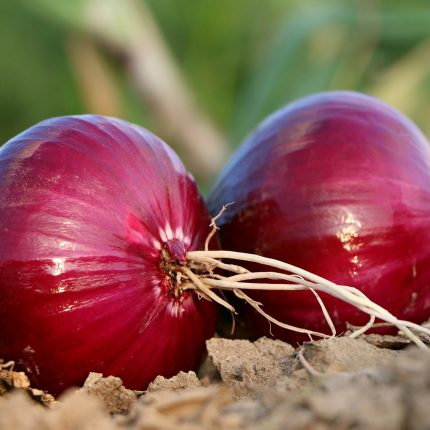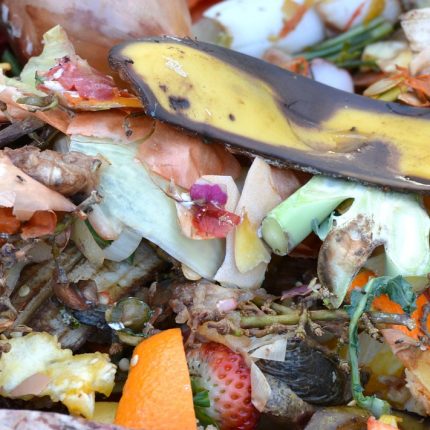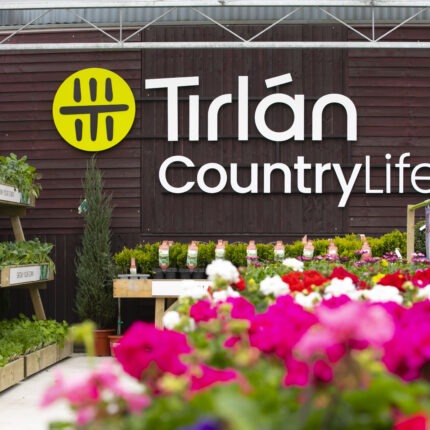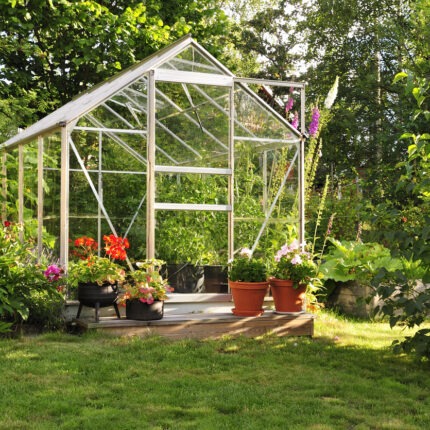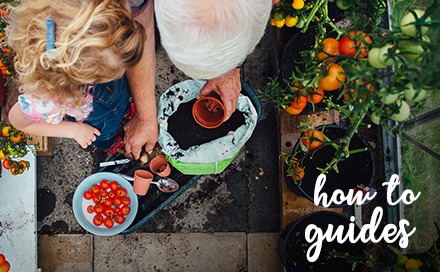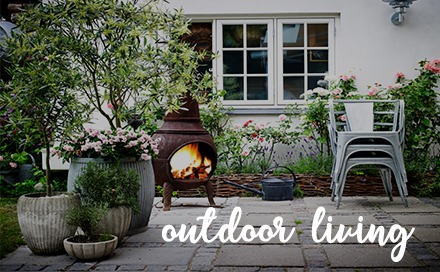8 Autumn Jobs to get Your Garden Winter Ready
Now we’re starting to see a drop in temperature and the days are getting shorter it is time to start preparing your garden for the upcoming winter months.
1.Feed the birds. Peanuts are the most popular food for wild birds but you can also put fruit, porridge and soaked bread out to vary their diet and attract different species. Peanuts are not suitable for every breed of bird so feeding them with wild bird seed will ensure they are all happy and healthy for the winter through to spring. Don’t forget to provide water for the birds as well especially on frosty mornings. Why not try planting shrubs which grow edible berries to feed the birds naturally?

2. Recycle Leaves. Don’t burn your leaves in autumn as this contributes to air pollution. Instead, add them to a composter/compost heap where they can biodegrade and enhance your soil for years to come. Remember to collect any fallen leaves from under your rose bushes to prevent them from carrying any diseases over to next year (these leaves should be disposed of, do not add them to your compost heap.)

3. Move your summer plants inside. Move tender plants into the greenhouse and try avoid the temptation to cut back any of the ones you are planning to leave in the ground over winter. The dead foliage will help to insulate them in cold weather. Remember to bring in any houseplants that have been outside for the summer.
4. Give your lawn some TLC. Mow lawns for the last time this year. Avoid the build-up of leaves on your lawn and rake frequently to prevent browning of the grass and improve drainage.
5. Cutting and pruning. Cut back and clean up any perennials which have died down to tidy the garden for winter. Roses can be pruned as they finish flowering. Lavender plants can be pruned back now by at least a third but not right back to the woody part. If you haven’t pruned hedges yet give them a gentle trim in the next week to tidy them but leave any hard pruning until spring.
6. Fruit and vegetables you can plant now. Plant onion sets , shallots and garlic as soon as possible so the will have some growth before the cold winter months. Now is the traditional time to plant fruit trees and fruit bushes. It’s a great time of the year to do this as the ground is still warm after the summer months so the plants will get settled quickly in the ground. Plus it tends to rains more over the autumn months so less watering for you!
7. Harvest pumpkins, apples, pears and nuts. They can be stored over the winter months layered in dry sand / paper. Do not store fallen fruit as they can rot quickly and cause others to rot as well. Remember to check your stored fruit every week and remove and rotting or soft pieces. For more tips of picking and packing apples over winter check out our blog ‘Picking Apples’.
8. Plant your spring-flowering bulbs. Now is the ideal time to plant spring bulbs for a display of colour in a few months’ time, like Daffodils , bluebells and crocus . To achieve a natural look a traditional tip is to throw a handful of bulbs over your shoulder and plant them in clumps where they fall. Bulb planters are handy tools to make planting bulbs (almost) effortless.
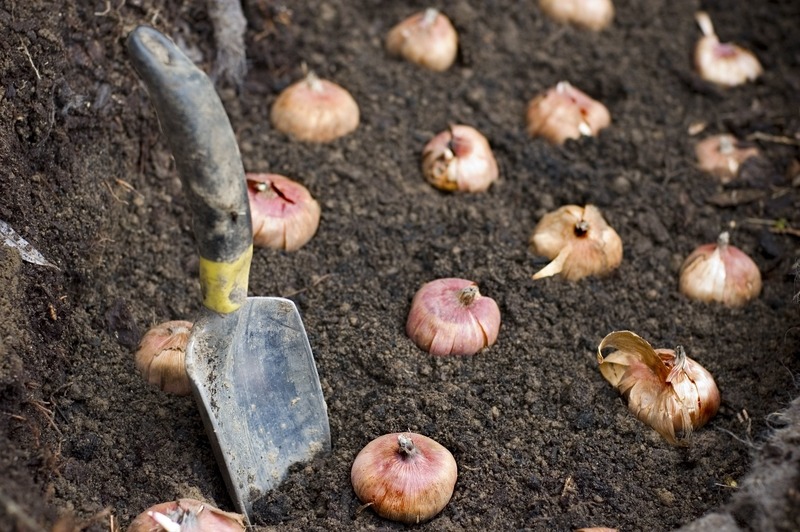
TOP TIP
If you have a vegetable garden place a bird table or feeders near it so the birds can also eat any slugs and bugs that come near your crops. The birds will benefit from the creepy crawlies and you won’t have to use any chemicals on your vegetables.



